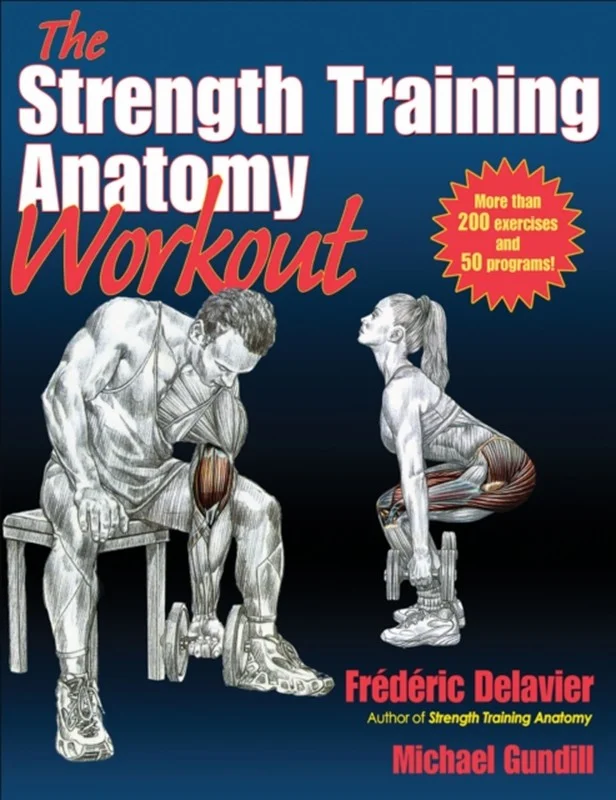Applying Music in Exercise and Sport - Costas I. Karageorghis - Bog - Human Kinetics Publishers - Plusbog.dk
Music has been intertwined with exercise and sport for many decades, and recent advancements in digital technology and personal listening devices have significantly strengthened that bond. Applying Music in Exercise and Sport combines contemporary research, evidence-based practice, and specific recommendations to help exercise and sport professionals, coaches, students, researchers, and enthusiasts use music to enhance enjoyment, motivation, and performance of physical activity. Readers will explore the psychological and physiological effects of music and learn how to apply scientific principles to personal workouts, group exercise classes, and both individual and team sport settings. Globally known authority and author Costas I. Karageorghis draws from contemporary research in an emerging field of academic study, exploring the application of music in the domain of exercise and sport. Respected psychologist and consultant for major organizations such as British Athletics, England Rugby, Nike, Red Bull, Spotify, IMG, Sony, and Universal Music, Karageorghis incorporates his unique experiences as a performer, researcher, and practitioner in music and sport to create a groundbreaking text that provides readers with an understanding of how music can play an important role in enhancing the experience of exercisers and athletes. Though Applying Music in Exercise and Sport is grounded in scientific research, content is presented in a way that is easy to comprehend and apply. Readers benefit from tools such as these: • Recommended playlists for a variety of exercise- and sport-specific settings that provide a guide to selecting and segueing music tracks • Tip boxes that help readers determine which track to play to promote or suppress certain emotions • Case studies that illustrate the process of identifying a goal, selecting an appropriate music program, and evaluating outcomes Applying Music in Exercise and Sport presents an interdisciplinary approach to selecting, integrating, and studying music in physical activity settings. Part I introduces the science of how music can help in exercise and sport and how it can be used to influence specific behaviors and emotions. Legal considerations regarding the use of music in exercise and sport environments are also covered. A range of assessment methods are provided for exercise and sport professionals that will enable them to select music and measure its effectiveness when used in individual, group, or team settings. Part II focuses on using music to enhance the exercise experience in both individual and group settings. Individual exercise types that are examined include flexibility, aerobic, and strength workouts, while group exercise activities include popular fitness classes such as Spinning, yoga, and circuit training. Part III focuses on how music can enhance sport training and performance, providing rich insight for coaches and competitive athletes participating in individual sports such as cycling, golf, gymnastics, martial arts, and tennis and in team sports such as basketball, soccer, baseball, and American football. Applying Music in Exercise and Sport facilitates creation of effective playlists, empowers music-related interventions, and enables assessment of the effects of music in the field. Collectively, these music-related skills promote purposeful selection of tracks, optimize psychological responses, and enhance performance.


















